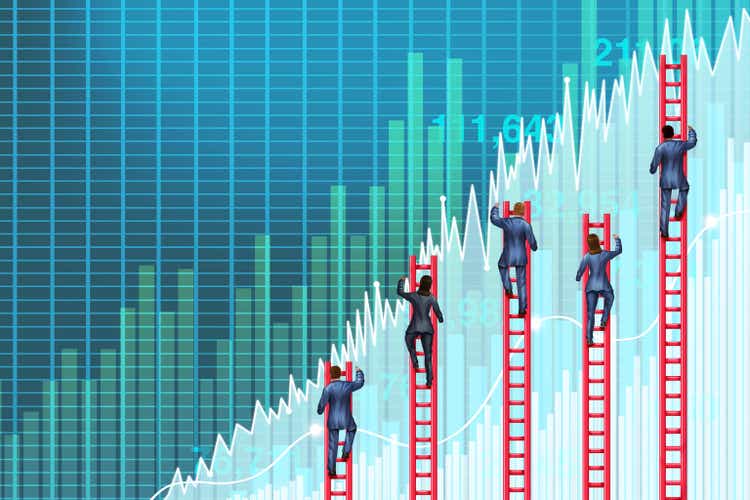Good morning!
Companies are eager for employees to use AI at work, and multiple reports and case studies point to the productivity gains that come from adopting the technology. But as workers rely more heavily on AI, new research highlights the potential impacts on their mental health.
Employees that take advantage of the latest AI tools reported a 40% boost in their productivity, according to a new report from freelancing platform Upwork. C-suite leaders, for their part, are also noticing a difference—around 77% say they’ve observed productivity gains from AI adoption.
But even though workers are getting more done, they’re paying a high emotional toll. The majority (88%) of the most productive AI-enabled workers report feelings of burnout due to an increase in workload. And as a result, these workers are twice as likely to consider quitting their jobs, the report finds.
“That’s a flashing red light for CHROs: Productivity gains can disappear overnight if high performers walk out the door,” Kelly Monahan, Ph.D and manager director of Upwork’s research institute tells Fortune.
AI in the workplace is having other effects on workers than just burnout. Around 62% of workers say they’re not clear on how the technology contributes to their company’s bottom line. And more than two-thirds of employees who use AI the most say they have better relationships with it than their human colleagues, contributing to a sense of disconnect and alienation.
AI isn’t just changing what people do in the workplace, says Monahan. It’s changing the “social architecture” of the office.
“AI is increasingly becoming a teammate, and no longer just a background tool,” she says. “Forward-looking CHROs are redesigning workflows, roles, and even career paths, so that humans and AI agents complement, rather than cannibalize, each other’s strengths.”
Brit Morse
brit.morse@fortune.com
This story was originally featured on Fortune.com

 3 hours ago
1
3 hours ago
1





















 English (US) ·
English (US) ·